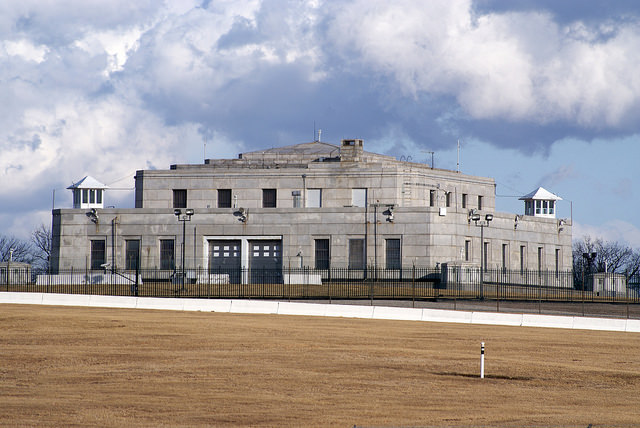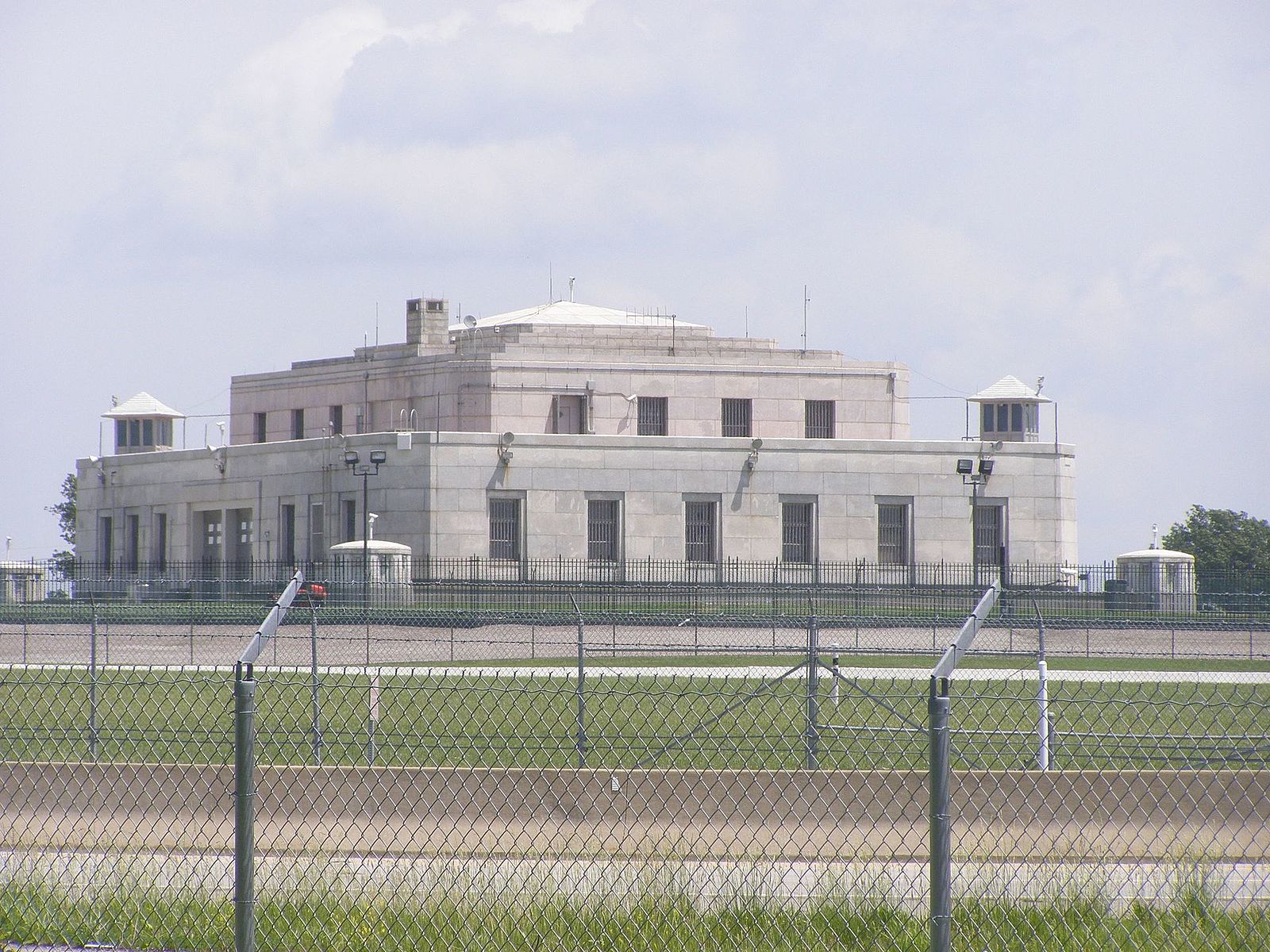This is Part I of our Forbidden Places Series, where we dive deep to explore some of the most mysterious locations around the world. Hit play to check out the podcast episode, or keep reading below:
NORTH SENTINAL ISLAND
If you show up to this first place on our list, the locals will most definitely kill you. That’s one of the reasons why the Government of India has banned people from venturing to North Sentinel Island.
This small 23 square mile island is located on the Western side Indian Ocean and is a part of a larger group called the Andaman Islands.
It’s almost entirely covered by trees and inhabited by anywhere from 50-400 indigenous people called the Sentinelese. For hundreds of years, this tribe has violently rejected nearly all contact with outsiders.
Although it’s illegal to get within three miles of the island, it hasn’t stopped the curious from trying to visit. Scientists and Indian government representatives have made attempts, but almost all were met with threatening gestures, with tribesmen shooting arrows and throwing stones at them.
As recently as 2006, two fishermen from a nearby island wandered too close to the shores of North Sentinel Island. They were immediately captured and killed. Later a helicopter crew arrived to recover the bodies but were stopped by an attack.
Today, the Sentinelese remain one of the few uncontacted tribes of the world.
AREA 51
This next place draws a lot of attention. It’s not uncommon that people get arrested for trying to get close to this secret military installation. On Youtube, you can watch a handful of videos of people getting detained and held at gunpoint, like this one below:
Part of the larger Nellis Air Force Base Complex in Nevada, Area 51 has a famously strict zero access policy; And anything that happens here is considered top secret by military and government officials.
The base is so secret, that the CIA didn’t acknowledge its existence until 2013.
Some people believe that Area 51 is home to the bodies of aliens and their spaceships. Like the supposed spacecraft that crash landed in Roswell, New Mexico in 1947.
What is known for certain about Area 51, is that it’s the test site of experimental aircraft, like the A-12 Spyplane. It’s also where the Air Force tested captured Soviet planes during the Cold War, like the MiG21 fighter jet.
One of the most secret planes developed in Area 51 was the F-117 Nighthawk. It was so secret that even after entering military service, it took five years for the attack aircraft to be revealed to the public.
What other secrets do you think they’re hiding at Area 51?
BRAZIL’S SNAKE ISLAND
This next place doesn’t attract the same kind of attention as Area 51.
21 miles off the coast of Brazil, is Snake Island, home to so many snakes that it's believed to have at least one per square meter.
These aren’t just your garden-variety snakes, these are venomous, like the Golden Lancehead Pit Viper. These endangered snakes can grow to be nearly four feet long and have a poisonous bite.
That’s why Brazil’s Snake Island is completely shut off to the public. It’s illegal to step foot here without a waiver and so far they’re only giving those to scientists.
FORT KNOX
This next place is probably one of the most publicly known protected places. The United States Bullion Depository at Fort Knox has more gold than anywhere else in the world.
With several layers of security, it’s nearly impossible for someone with unauthorized access to reach the gold. But if you tried, you’d first have to get into the 100,000 acre Fort Knox Army Base in Kentucky. Once inside, you need to sneak past the motion sensor wire fencing around the perimeter of the depository. If you still haven’t been caught, you’ll then have to walk across an open field where you can easily trip a sensor.
Next are the two ten-foot-tall electric fences topped with barbed wire. In between those two fences are armed guards. If you make it over without getting shot, you’d be standing in front of the main vault door, a door that weighs more than 20 tons.
Now here’s where you definitely can’t get through, because, to get inside you’ll need several people, each with their own secret code, to dial them in.
If you somehow managed to sneak your way inside the vault, you’ll need to go down to the two-story basement and unlock the separate storage vaults protecting the various piles of gold. These vaults are also designed to be flooded with water in case they’re breached.
The depository was strategically built over 1,000 miles from the coastline. The airspace over Fort Knox is also highly restricted. It’s 4-foot thick granite walls can withstand heavy explosives and the blacked out windows are bullet and fireproof.
The Bullion Depository was designed to protect against attack from a foreign military.
It’s so secure that during WWII the vaults held the original copy of the Declaration of Independence and the U.S. Constitution. It even held the gold reserves of allied European countries and key artifacts from their history. Like the Crown of St. Stephen, which has been used to crown Hungarian kings since the 12th Century.
Only twice in since it first opened in 1936, have they allowed civilians inside. The first was in 1974 after rumors spread widely that the gold had secretly been removed by wealthy elites and that there was no gold inside. A few Congressmen and a team of reporters were allowed in to disprove that rumor.
The second visit took place last year when the newly appointed Treasury Secretary inspected the facility with other members of Congress.
Apparently, the vaults are under such tight lock that billions of dollars’ worth of gold haven’t been recounted since 1953.
There’s even a special division tasked with protecting the gold called the United States Mint Police. Established in 1792, they’re one of the oldest law enforcement agencies in the country.
The Mint Police is responsible for protecting over $300 billion in Treasury and other government assets.
THE ROYAL LIVING QUARTERS
If you could access one of the world’s most forbidden places, which one would it be? Area 51, Fort Knox? What about the heavily guarded Queens bedroom at Buckingham Palace?
Well, that’s just what one man did in 1982 when he snuck into the Royal living quarters.
One night in June 1982, a man by the name of Michael Fagan hopped over a security fence, climbed a gutter up to the roof and snuck in through an unlocked window. He spent the next half hour sitting on the throne while dining on the finest cheese and white wine, before leaving.
A month later, Mr. Fagan might have had a craving for the Queen’s cheese, because he broke in again. This time he triggered several alarms, but guards thought they were faulty and silenced them.
It wasn’t until the Queen herself reported to guards that a strange man was inside her bedroom at 7am, that they went into action.
Fagan was arrested and since then, the Queens guards have made it a lot harder to break in.
The palace, which has over 775 rooms, a post office, and a movie theater, has been home to the head of the monarch since 1837. The palace does have a section for visitors, but the living quarters are off limits.
Do you have a place in mind that you want us to cover in the next episode?
Let us know by contacting us on the contact page or via social media.




















